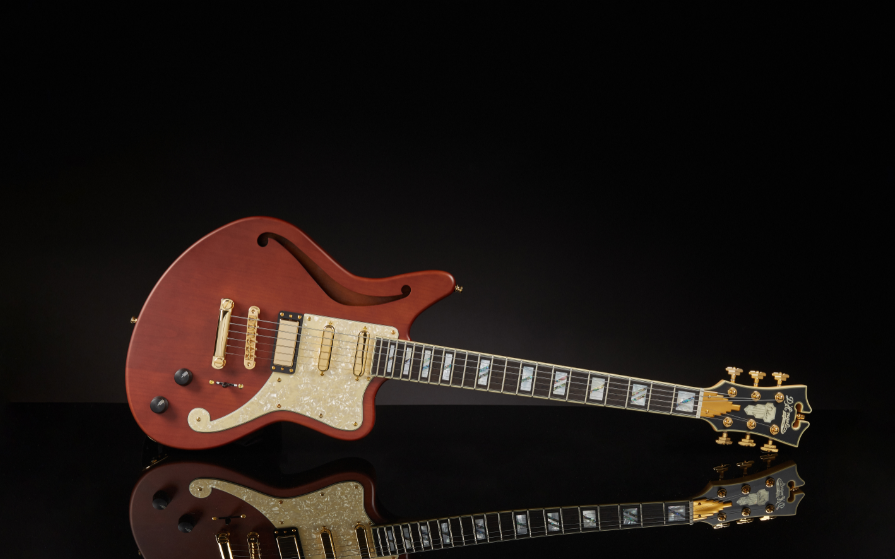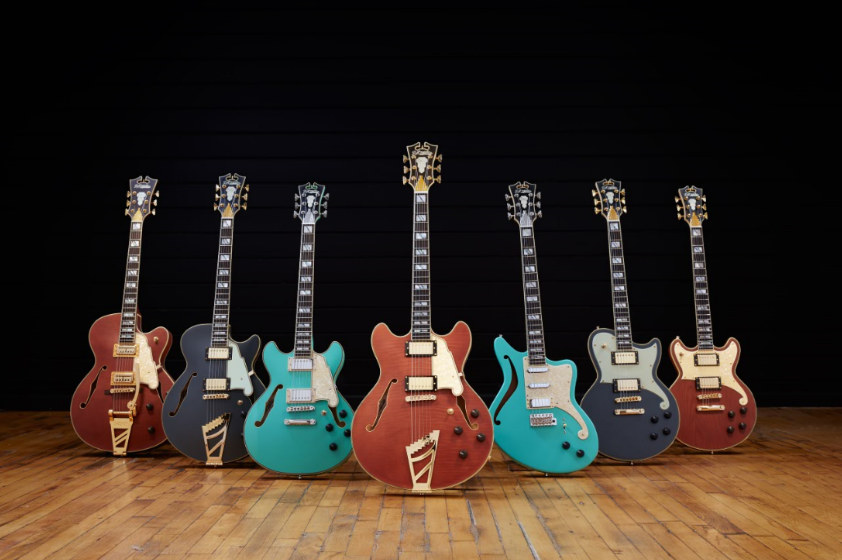New York City-based guitar manufacturer D’Angelico Guitars has come a long way since its humble beginnings in 1930s Manhattan. We recently checked in with the company’s EVP of product development, Ryan Kershaw, to find out more about its latest product line, rapid growth over the last few years, and what it has been doing to keep musicians inspired.
Despite an extremely challenging few months across the board for most, New York City has started on its long road to recovery.
Thankfully, playing musical instruments is one of the many ways that people have been trying to stay sane during these strange and stressful times, a factor that D’Angelico Guitars has grabbed by the horns in an endeavour to maintain its business.
It’s fair to say that understanding the company’s rich and storied history provides vital context as to how it operates today.
D’Angelico was started in the Lower East Side of NYC in 1932 by one man, the company’s namesake John D’Angelico. He built handmade archtop guitars throughout the jazz age right up until his passing in 1964. Often working alone, he built just over 1,100 instruments in total, including many coveted models considered to be some of the greatest of all time, crafted for the who’s who of the day.
Archtop guitars, with their cannon-like quality and big, robust bodies, were originally acoustic instruments designed to be heard over large swing or jazz bands, and it wasn’t until a number of years later when they became electrified.
The real roots of the brand were firmly ingrained within D’Angelico’s legendary luthiery skills, and after 1964 it changed hands a number of times, for a little while being sustained by D’Angelico’s most widely-known apprentice Jimmy D’Aquisto. It wasn’t a worldwide ubiquitous brand for quite some time however.
At the turn of the new millennium the D’Angelico name was acquired, and in 2011 saw a full relaunch, followed by expeditious growth and a complete product line reinvigoration.
“John’s instruments have this undeniable magic to them,” says Ryan Kershaw, D’Angelico Guitars’ executive vice president of product development. “Back when John was gaining popularity a few years into his career, he was offered positions by some of the bigger brands during those days, and actually denied those opportunities. He was a very unique, interesting kind of character and somebody whose mastery we are super fortunate to have at the roots of what we do.”
After its big comeback in 2011, the company decided to relaunch a number of John D’Angelico originals as resissues, particularly the EXL-1 single cutaway archtop, which preceded a move into semi-hollows.
“Those models have changed quite a bit spec-wise over the years, but they were the foundation of our relaunch and are still very much some of our most popular instruments,” Kershaw adds. “They have certainly stood the test of time.”






